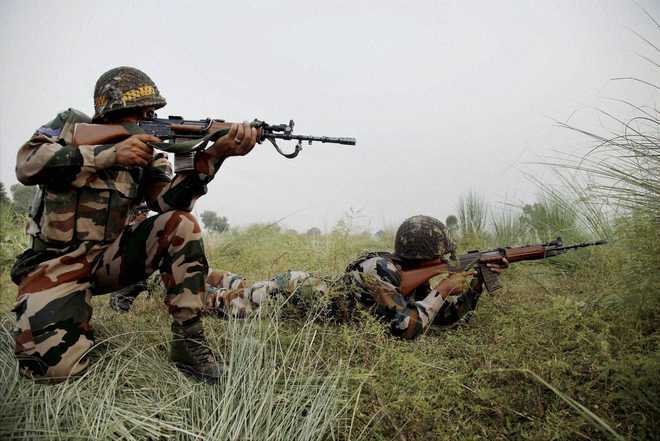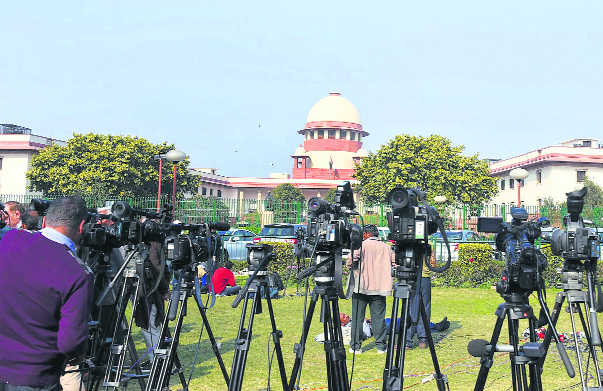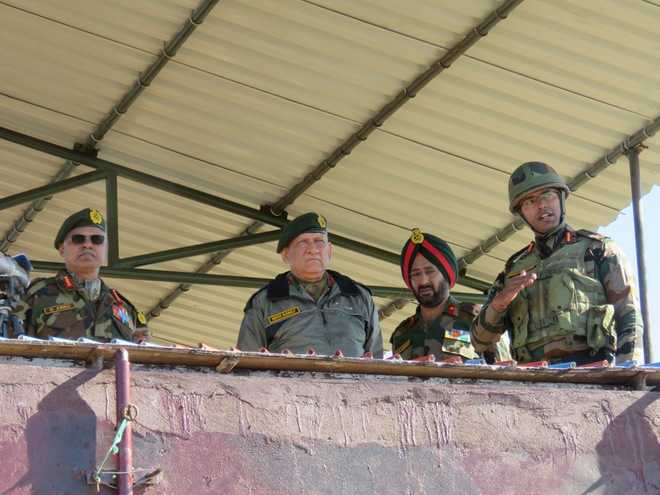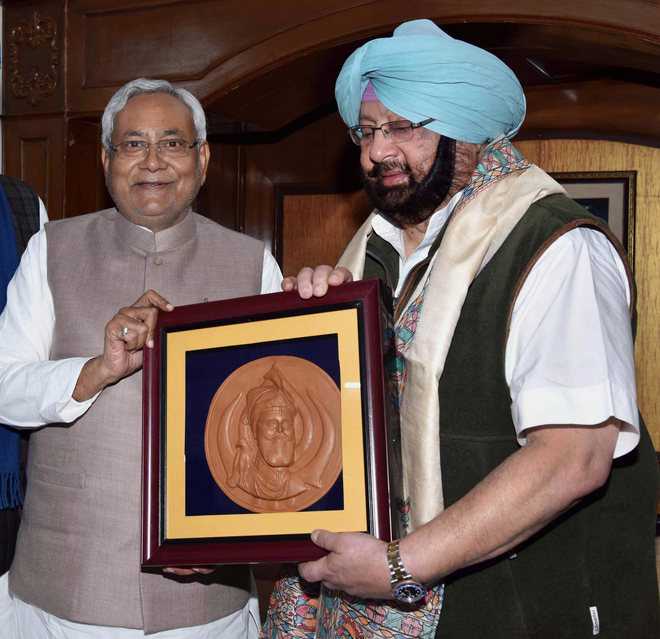
In an unprecedented move, four Supreme Court judges today came out against the Chief Justice of India, saying that events in the Supreme Court left them with no choice but to address the nation.
Justice J Chelameshwar said the administration of the nation’s top court was not in order.
He said this was an extraordinary event in the history of the institution, and that they were compelled to act in this way because the Chief Justice could not be persuaded to mend th .. to mend the ways of the court.
“We met CJI this morning. We collectively tried to persuade CJI that certain things aren’t in order so take remedial measures but unfortunately our efforts failed,” says Justice Chelameswar.
“The four of us gave a letter to the Chief Justice of India (CJI) some months ago,” the Justices revealed. “It is discharge of debt to the nation which has brought us here, Justice Ranjan Gogoi told the media. Chelameshwar said democracy in this country would not survive without an institution as important as the Supreme Court, and a free judiciary.
We owe a responsibility to the institution and the nation. Our efforts have failed in convincing CJI to take steps to protect the institution,” the judges said.
“It is with no pleasure that we have been compelled to do this, administration of Supreme Court is not in order,” they said.
In response to a question on whether the CJI should be impeached, Justice Chelameshwar said that it was for the nation to decide.
Justice Gogoi, who would be succeedi present CJI in October this year, said that, “it’s a discharge of debt to the nation which we have done.”
The other judges involved included Justice Ranjan Gogoi, Justice Madan Lokur and Justice Kurien Joseph.
The press conference was called at Justice Chelameswar’s residence here at Tughlaq Road.
In response, a special CJI hearing has been scheduled for 2 PM after Justice Dipak Misra also met the Attorney-General KK Venugopal.
Is this the case that left the judges aggrieved?
Justice Ranjan Gogoi said that the difference with the Chief Justice arose during the assignment of the case regarding the death of Justice Loya. He said the the death of Justice Loya left all four of them aggrieved.
The Supreme Court today agreed to hear two separate pleas seeking independent probe into the death of special CBI judge B H Loya, who was hearing the Sohrabuddin Sheikh encounter case. Loya had gone to Nagpur to attend the wedding of a colleague’s daughter on November 30, 2014, when he apparently fell ill suddenly and died of a heart attack. After Loya’s death, Judge MB Gosavi took over the Sohrabuddin case. Loya had gone to Nagpur to attend the wedding of a colleague’s daughter on November 30, 2014, when he apparently fell ill suddenly and died of a heart attack. After Loya’s death, Judge MB Gosavi took over the Sohrabuddin case.


































































 AP FILE
AP FILE AFP
AFP

























































